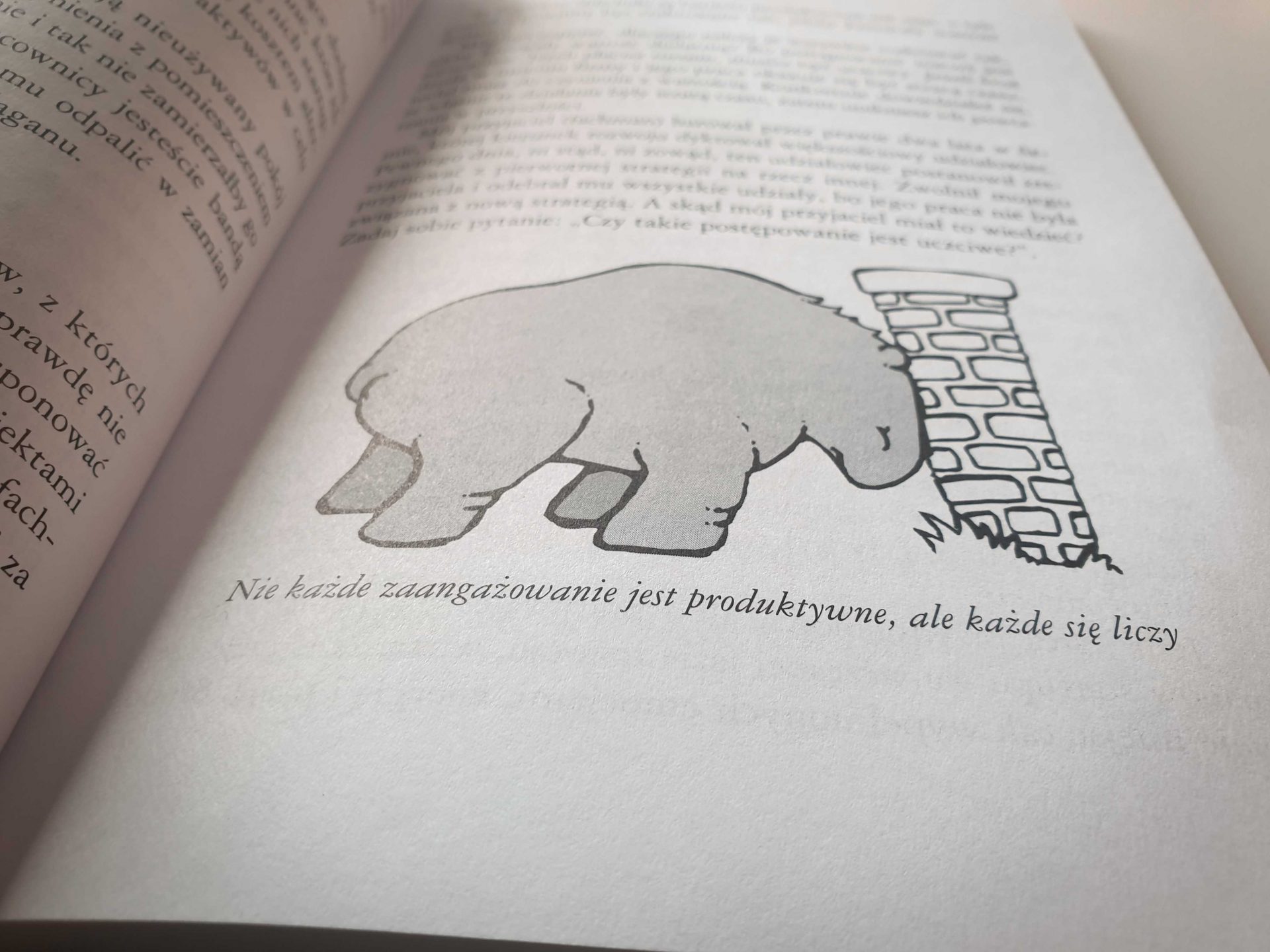The Slicing Pie is a fully universal model allowing to create a perfectly fair distribution of capital at the early stage of a start-up.
When working on ideas, the dilemma often arises as to how to fairly reflect the input of work and resources into a freshly developed product. Many participants in business workshops are afraid of this moment and consider entering into such cooperation as an irreversible process, which requires only intuition and trust in partners (unless one of them has a brother-in-law lawyer…). And what happens if one of the partners gets sick the day after signing the contract, gets a new job or finds another idea for himself? Or, on the contrary, will he win the Lottery and be ready to add much more than he declared at the beginning?
That’s the dilemma Mike Moyer’s book “Slicing Pie: Funding Your Company Without Funds.” This item is part of the Startup Library toolkit, which helps us understand the dynamic power structure of each project and allows us to estimate the value of each project in real time, while taking into account the contribution of work and resources of each partner involved.
Traditional ways of distributing the capital are based on predictions and approximate rules resulting only from experience. In practice they often turn out to be misleading and unfair. The distribution of the cake is different, based on real, current activities and the contribution of the participants.
Building startups is like gambling. When people contribute their work to a startup and don’t get paid for their contribution, they actually bet on the future success of the company. It is not possible to fully predict the success that is to come. It is easy to see what stakes people have bet on this success. You can bet your time, money, ideas, resources, materials and equipment and credits. The value of each bet placed by a person is equal to the fair market value of their contribution to the venture.
Every day, the stakes in the company grow, thanks to the time, money, shares in the company and all the resources needed to grow the company. The more people join to create a start-up, the higher the stake is in the game and the betting continues until the company reaches viability or funding series. Successful companies will eventually generate profits or will be sold out when the bet is worthwhile.
All those who contributed have a share in the profits. The Slicing Pie Model provides a perfectly fair distribution of capital, in which each person’s share is strictly based on their contribution to the company. Everyone gets what they have earned – no more, no less.

INGREDIENTS
CONTRIBUTION TO THE STARTUP
The contribution to the whole “pie”, i.e. the value of a start-up enterprise can be: time spent, cash contribution, debt incurred, company loan, non-refundable company expenses, materials and equipment needed for the business, buildings and infrastructure, ideas and intellectual property and other resources.
PARTICIPANTS
CONTRIBUTORS
The participants of the startup enterprise, who make their contribution, i.e. incur expenses, are: founders and originators, external experts, startup as a company, investors, and all persons involved in the enterprise, not charging for the entire contribution.
SLICING PIE
CONTRIBUTION MULTIPLIERS
These are formulae for converting the various types of contributions (time, labour, money, resources, etc.) into a unit of share of the total contributions so far involved. They are converted over fixed, separate periods of time. Multipliers convert the contributions of individual participants into “pieces of pie”. The multipliers have been developed in the method of Cake Sharing in such a way that each person’s share reflects the fair market value of their contribution to the venture.
Authors:

